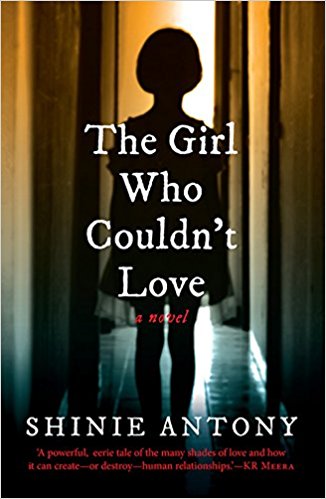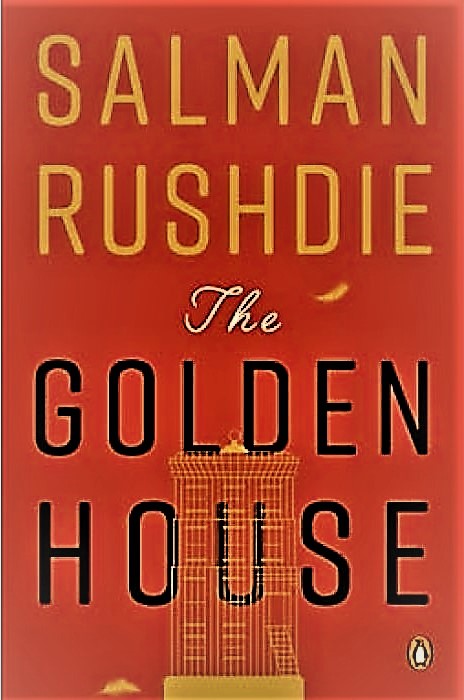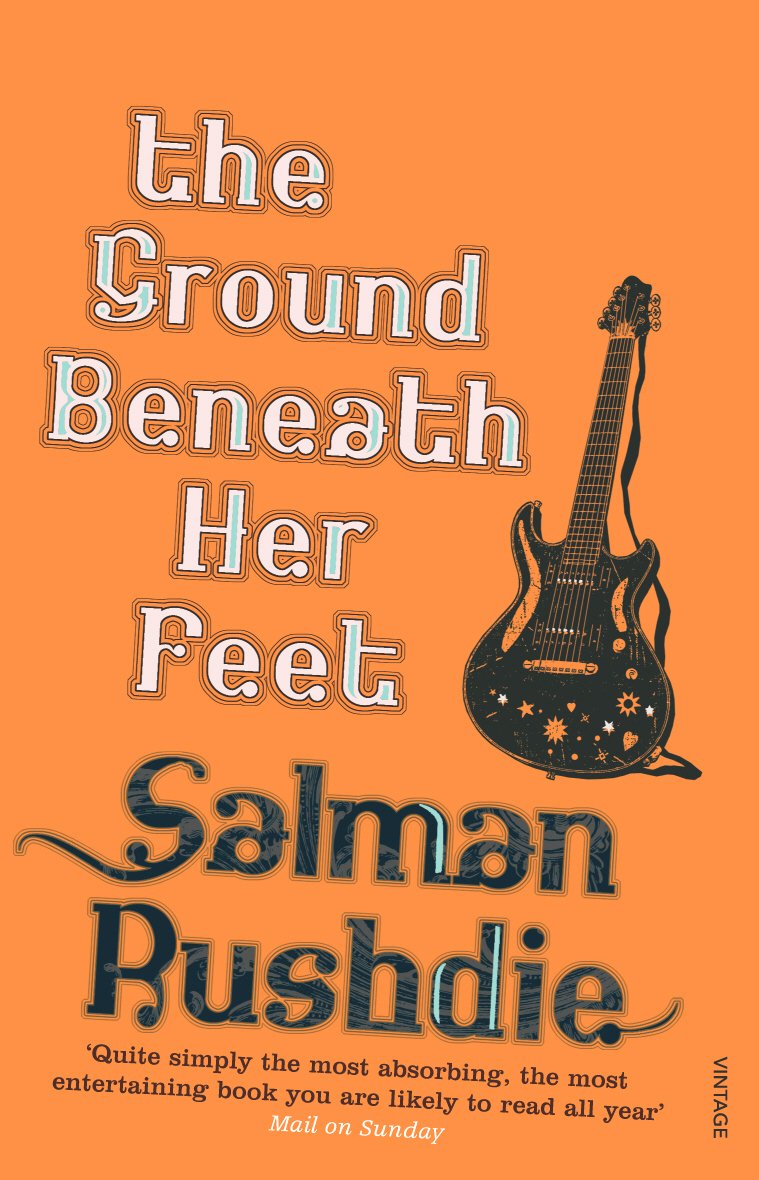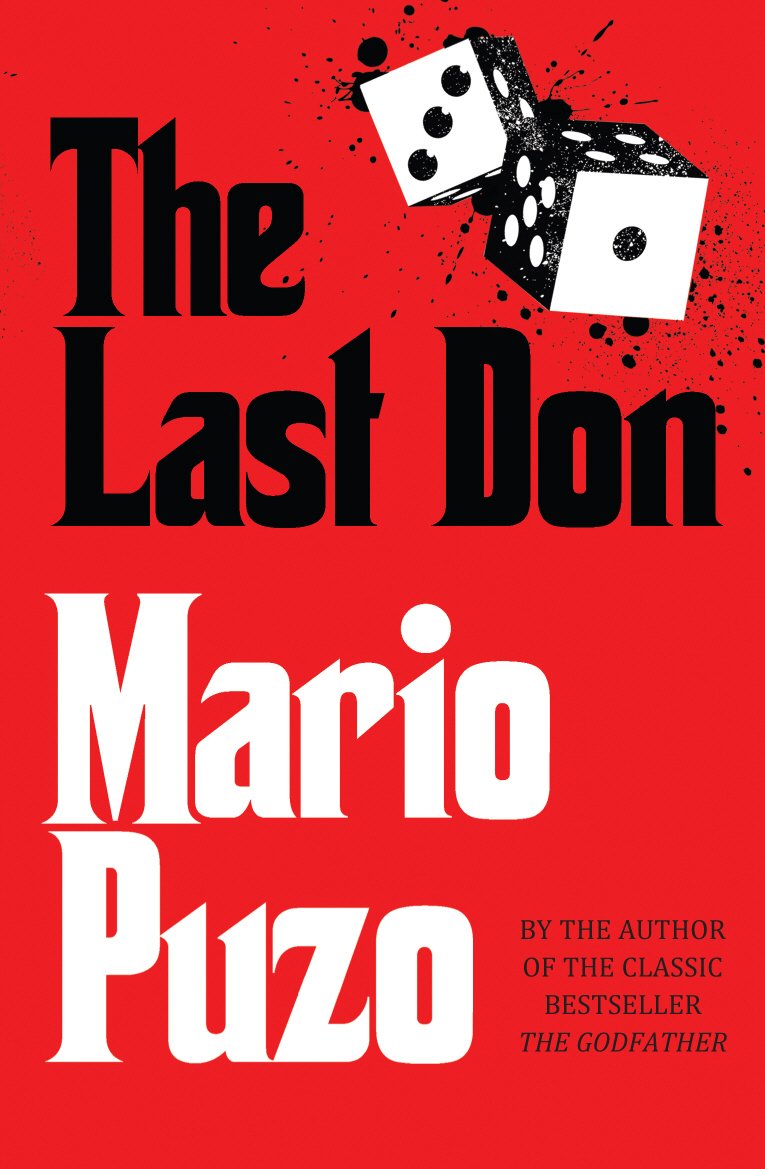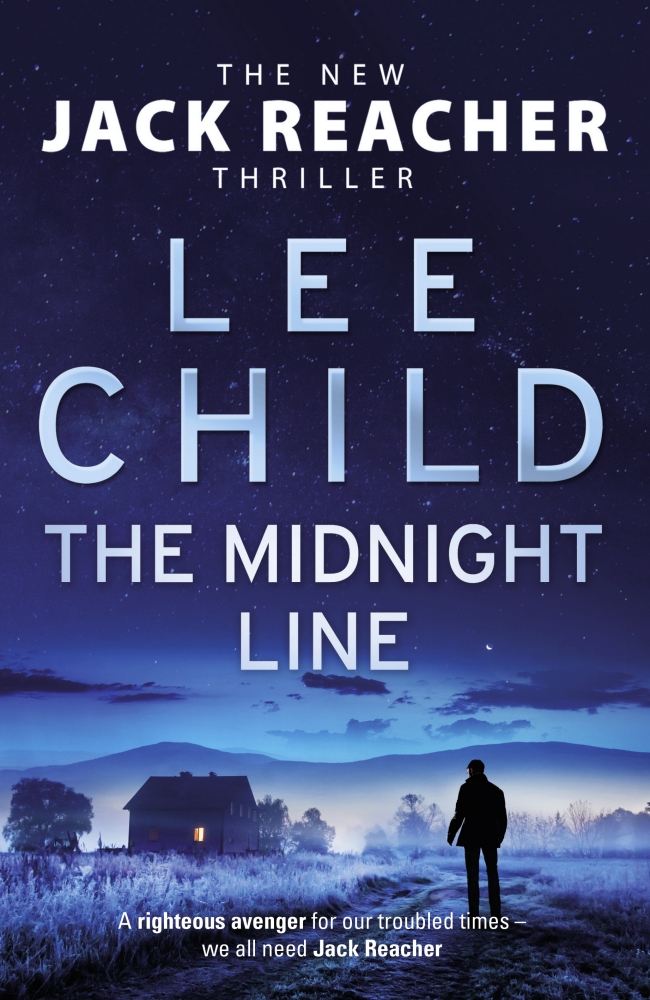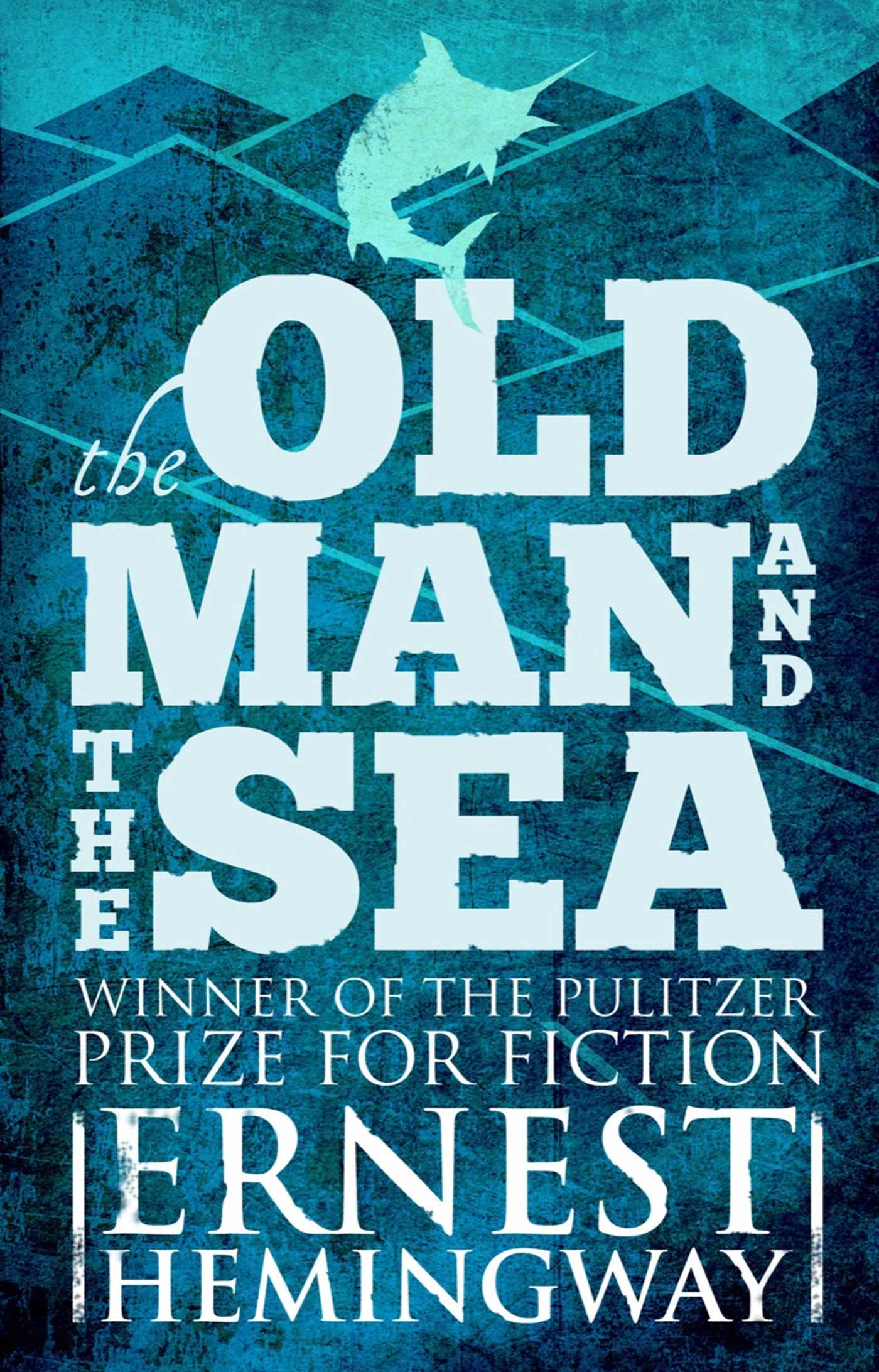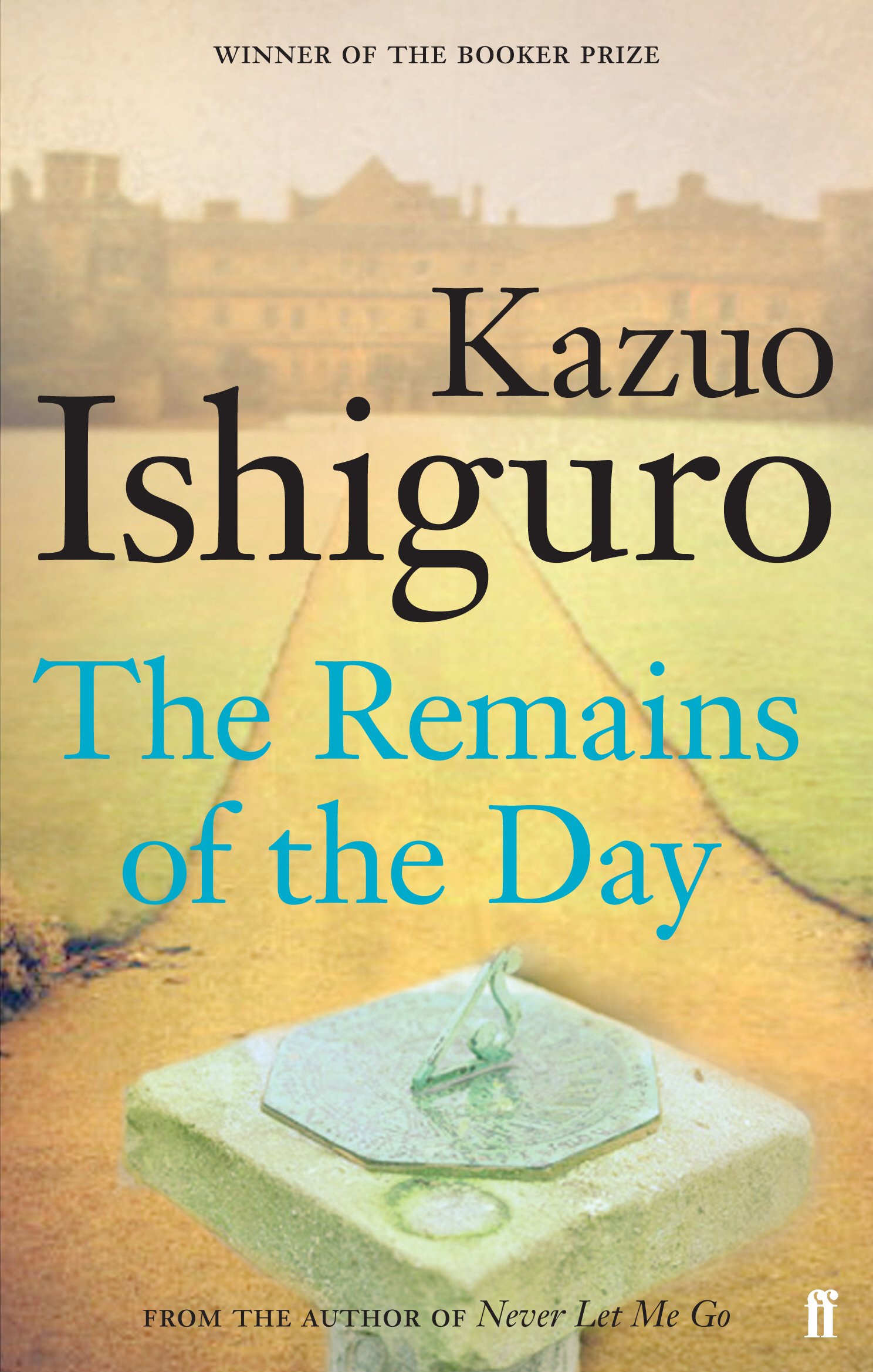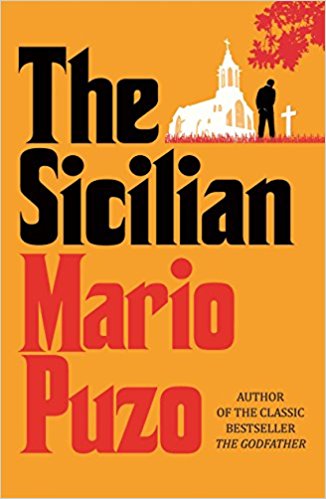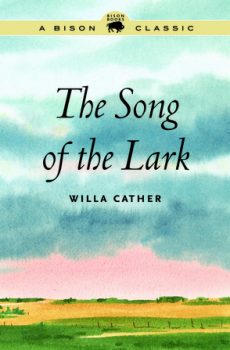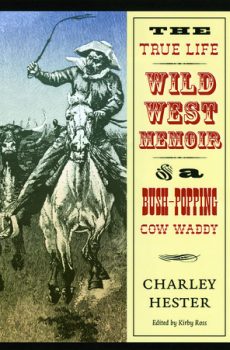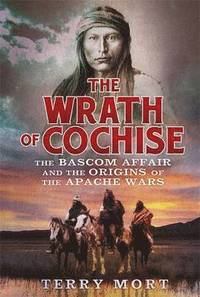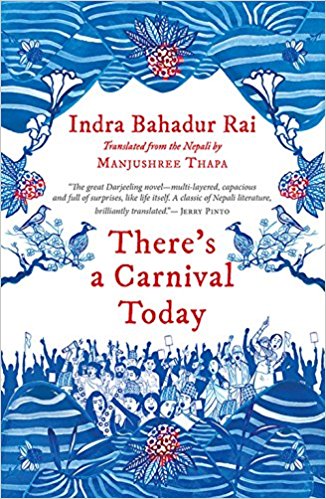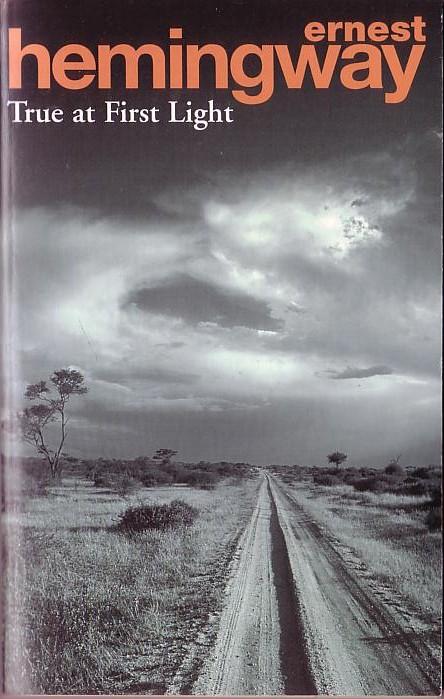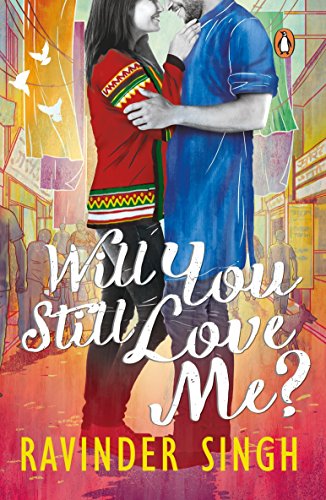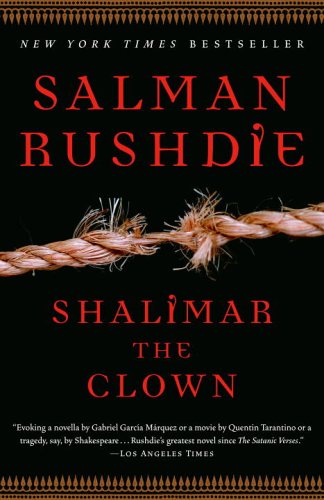A sixteen-year-old runaway from Illinois, Charley Hester (1853–1940) lit out from home in 1869, bound to make a life for himself on the great American frontier. In the winter of his life seven decades later, he dictated an account of his experiences in the Wild West of his youth. Charley Hester’s memoir recounts the journeys that took him to Missouri, Texas, Indian Territory, Kansas, and Nebraska and brought him face-to-face with badman John Wesley Hardin as well as Joel Collins before Collins formed his band of stagecoach and train robbers. The young cow waddy also tells of meeting Wild Bill Hickok, observing Doc Holliday’s deft card play, and witnessing the waylaying of a drunken buffalo hunter by Wyatt Earp.
In his own colorful language, Hester relates stories ranging from high jinks on the trail to a heart-stopping surprise encounter with Indians, as well as conflicts with nature in the form of blizzards, cyclones, quicksand, swollen rivers, bad water, prairie fires, and electrical storms. So engaging that they figured in Warner Brothers’ research for the classic movie Dodge City, Hester’s adventures are the stuff of true Americana: history rendered in bolder strokes and brighter colors than the most outlandish fiction, as outrageous and outrageously entertaining as it is true.
After life as a cowpoke on the Chisholm and Western Trails, Hester eventually settled in Phillips County, Kansas, and then in Dundy County, Nebraska, where he helped his brother build a ranching empire.


